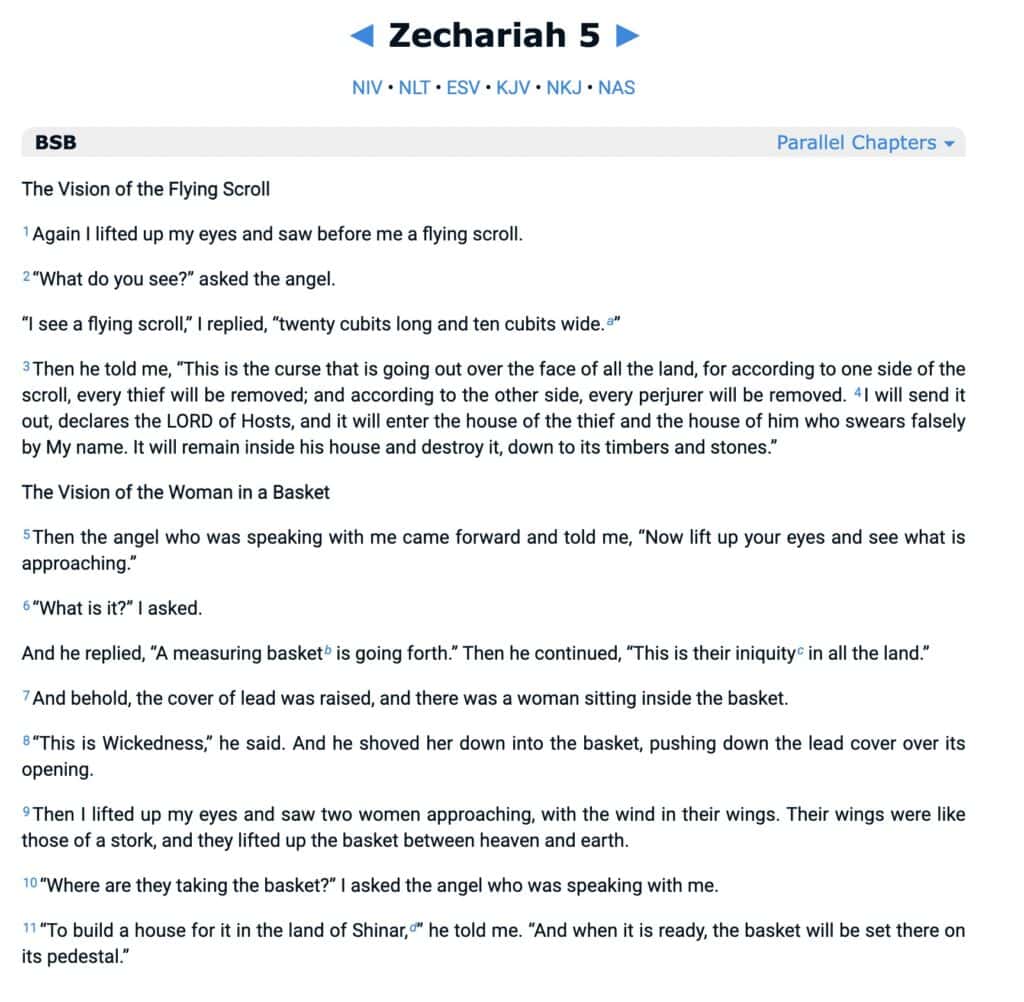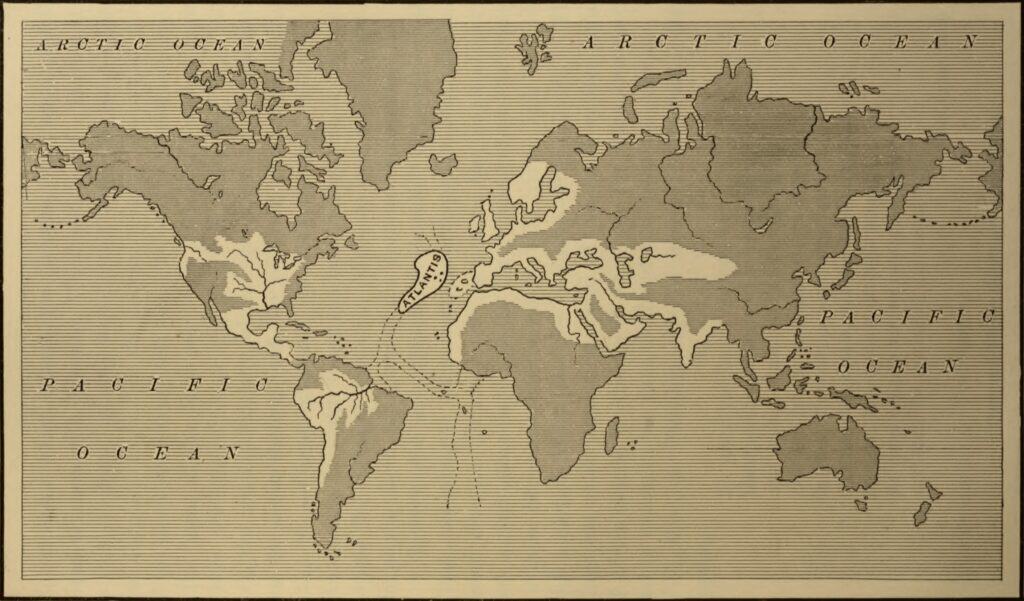Table of Contents
Names
- Tower of Babel
- Tlachihualtepetl
Date
- Between the first and second destruction of Atlantis (11,500 BCE and 9,000 BCE)
- Destruction ->Ugha Mogulala – 1st Great Catastrophe (10,468 BCE)
- 300 BCE according to Wikipedia
Summary
The Temple of Cholula, also known as Tlachihualtepetl (meaning “handmade mountain” in Nahuatl), is an ancient archaeological site located in present-day Mexico. It is considered the largest pyramid by volume in the world.
The temple complex was built by the ancient Mesoamerican civilization of the Olmecs and later expanded by the Maya and Toltecs.
Constructed in several phases over centuries, the Temple of Cholula consists of multiple layers, with the final structure resembling a mountain. The temple was dedicated to the god Quetzalcoatl and played a significant role in the religious practices of the ancient civilizations that inhabited the region.
The Great Pyramid of Cholula, Tlachihualtepetl, is the largest prehispanic structure in the world in terms of volume. It is the result of four successive superpositions, the first two from the Classic period. Stage one measured about 120 m (394 ft) on the side and was 17 m (56 ft) high. The top platform measured about 43 m (141 ft) square and featured wall remains of the temple precinct.
The Great Pyramid of Cholula was dedicated to the deity Quetzalcoatl.
Alternative theory
The Great Pyramid of Cholula was built by the descendants of Atlantis to store a copy of the records of Atlantis.
“Iltar traveled to the Yucatan with a group of followers of the Law of One to build temples and provide a repository for a copy of the records of Atlantis for posterity. The records were said to be in the form of stone tablets.”
Active vulcano Popocatépetl
The ancestral volcano Nexpayantla formed the beginning of Popocatépetl’s geological history.
Around 200,000 years ago, Nexpayantla experienced a catastrophic eruption, leading to its collapse and the formation of a caldera. Within this caldera, the next volcano, El Fraile, started forming.
Then, another eruption, about 50,000 years ago, caused the collapse of El Fraile, leading to the rise of Popocatépetl.
Approximately 23,000 years ago, Popocatépetl underwent a massive lateral eruption, believed to be larger than Mount St. Helens’ 1980 eruption. This eruption destroyed the volcano’s ancient cone and triggered an avalanche that extended up to 70 kilometers (43.5 miles) from the summit. The resulting debris field, the youngest of four surrounding the volcano, still exists.
Popocatépetl has experienced three known Plinian eruptions: one 3,000 years ago (3195–2830 BC), another 2,150 years ago (800–215 BC), and the most recent one 1,100 years ago (likely in 823 AD). The latter two eruptions buried the nearby village of Tetimpa, thereby preserving evidence of a preclassical culture.
Genesis 11 – Tower of Babel
Observe the resemblances between this legend and the Bible account of the building of the Tower of Babel:
“All was a plain without hill or elevation,” says the Indian legend.
“They found a plain in the land of Shinar, and they dwelt there,” says the Bible.
They built of brick in both cases.
“Let us build us a tower whose top may reach unto heaven,” says the Bible.
“They determined to build a tower so high that its summit should reach the sky,” says the Indian legend.
“And the Lord came down to see the city and the tower which the children of men had builded. And the Lord said, Behold . . . nothing will be restrained from them which they have imagined to do. Go to, let us go down and confound them,” says the Bible record.
“The Lord of the Heavens, enraged, said to the inhabitants of the sky, ‘Have you observed,’ etc. Come and confound them,” says the Indian record.
“And the Lord scattered them abroad from thence on all the face of the earth,” says the Bible.
“They scattered its builders to all parts of the earth,” says the Mexican legend.
In the land of Shinar
Source: By Jeff A. Benner
The origin of this word is not Hebrew but as it is in the Hebrew text and its etymology is interesting I thought it would be worthy of investigation. “And they set out from the east and they found a valley in the land of Shinar and they settled there.” (Genesis 11:2). This is the land of Babylon also called “Mesopotamia” (Greek meaning “between the rivers”, meso as in Meso-America or Central America as in between North and South America and potamia as in the “Potomoc”, A river in North America).
When the names of places are transferred from one language to another it is common for the sounds of the name to be mixed up a bit. We see this in names like Yerushalem in Hebrew to Jerusalem in English and Amorah in Hebrew and “Gomorrah” in English.
Sounds formed in the same region of the mouth are sometimes exchanged one for another. Some common examples are a “b” and “p”, “r” and “l”, “m” and “n” and “s” and “sh”. When the “sh” in Shinar is changed to a “s” and the “n” is changed to a “m” you have Samar which is “Samaria” another common name for Mesopotamia.
Zechariah 5:11

Zechariah describes some sort of spaceship, approximately 30 feet (9.14 meters) long and 15 feet (4.57 meters) wide (9.1 meters (29.86 feet) long and 4.6 meters (15.09 feet) wide). If it was just a measuring device, it would not be necessary to lift up your eyes, also it would not approach. For a measuring device, it’s quite big if it can contain a woman, however, if it was a spaceship or a Cherub it would make sense. Again, a basket doesn’t ‘go forth’. The women have ‘wings’. And with these wings the spaceship was moved in the atmosphere (a valid translation for ‘heaven and earth’).
They build a house (Temple of Cholula) for it in the land of Shinar (America). And when it’s ready the basket spaceship will be set there on its pedestal base or support on which a statue, obelisk, or column is mounted
A measuring basket or b) An ephah
Ephah is mentioned again in Isaiah 60:6 as a transporter of gold and frankincense from Sheba, who shall thus bring enlargement to Judah and praise to Yahweh.

